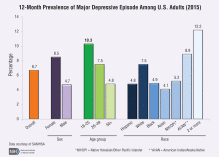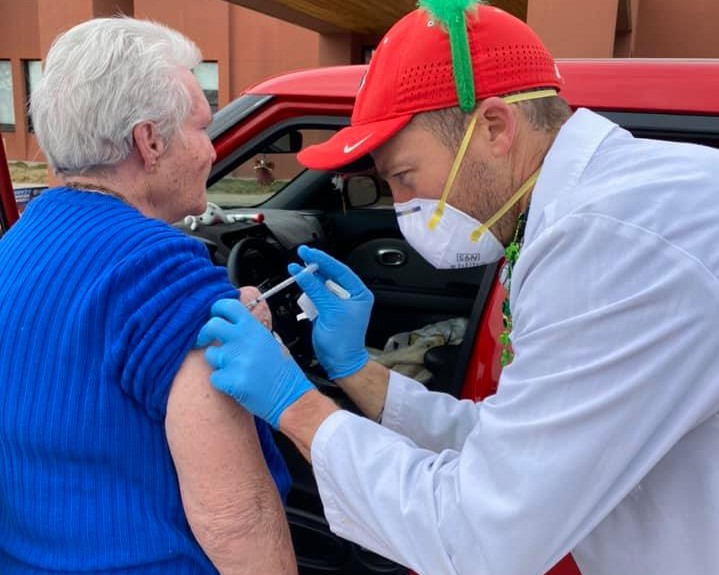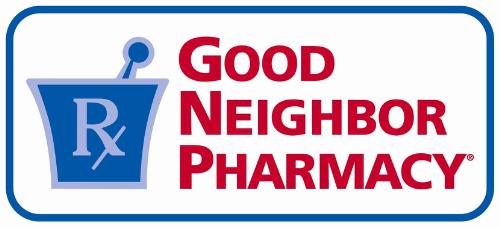Major depressive disorder, also known simply as depression, is one of the most common mental disorders in the United States. The National Institutes of Health estimates that 16.1 million American adults had at least one major depressive episode in 2015—representing 6.7% of all U.S. adults that year.
As front line health care providers, community pharmacists can help spot depression and improve drug therapy outcomes, all while working as members of the health care team when contact with a physician or mental health care provider is needed.

The PHQ-9 has been validated for screening diagnosis and can measure medication treatment success as well, which positions pharmacists to further develop relationships with local physicians and mental health care providers.
“We see the majority of patients at least monthly when they come to pick up their medication refills,” said Jordan Marie Ballou, PharmD, clinical assistant professor at the University of Mississippi School of Pharmacy. “As such, we are familiar with them, notice trends in behavior, and provide close follow-up care.”
Chronic diseases such as diabetes, cancer, and heart disease often coexist with depression. For instance, the American Cancer Society found that one in four people with cancer has depression. Since pharmacists have long been involved in management of chronic diseases, Ballou said it’s a natural progression for pharmacists to manage patients with depression as well.
Screening tools
The U.S. Preventive Services Task Force recommends that all adults in the general population be screened for depression, including women who are pregnant or postpartum.
Most health care providers use two readily available patient questionnaires to screen patients for depression: the nine-item Patient Health Questionnaire, PHQ-9, and the two-item version, PHQ-2. If a patient answers “yes” to any of the two questions in the PHQ-2, a provider can go on to the PHQ-9 to score the patient’s depression as mild, moderate, or severe. (Questionnaires can be downloaded from http://www.phqscreeners.com/.)
Ballou, who did research on depression screening as a postgraduate year 1 community pharmacy resident at the University of North Carolina Eshelman School of Pharmacy, found that community pharmacists have successfully used the PHQ-2 followed by the PHQ-9, if needed. “There are other options available, but these are relatively simple to complete and interpret,” she said. In addition, most community pharmacies have private counseling rooms for screening.
Loren Bonner, senior editor
Column coordinators: Wm. Ray Bullman, executive vice president; and Deborah E. Davidson, senior director, member relations and special projects, NCPIE, Rockville, MD




